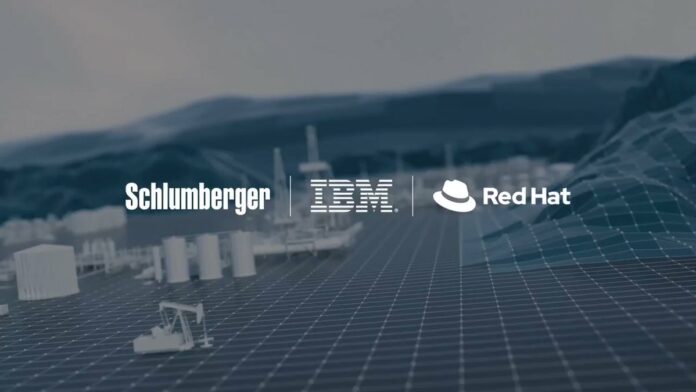In pretty much every industry, the process of data management is a difficult task. Distinctive different data systems frequently dwell in disengaged storehouses that are, best case scenario very much oversaw data warehouses, yet some of the time, even from a pessimistic standpoint, rather more like broken dumps. Albeit a profoundly unpredictable issue at the data coalface itself, we can say this is an interconnectivity and interoperability challenges.
IBM is bringing an emblematically rational way to deal with endeavoring to cause these associations to occur by working with Schlumberger, a supplier of innovation for supplies, penetrating activities, and the oil and gas industry.
Schlumberger, IBM, and Red Hat (an IBM organization) will work together to make a joint activity intended to give worldwide admittance to Schlumberger’s investigation and creation (E&P) cloud-based processing condition and intellectual applications. The expertise originates from IBM’s half and half cloud technology, based on the Red Hat OpenShift holder stage.
What would software be able to gain from the modern pipeline business?
Drawing an illustrative equal here, worldwide chief for advanced subsurface arrangements at Schlumberger Trygve Randen clarifies that there’s a revered guideline in the mechanical world: ‘as planned, as worked, as kept up’ for the since quite a while ago run. Implying that an item needs to function as planned… furthermore, stick to the plans as manufactured… and, onwards, fill in as kept up today and into what’s to come.
“A key perspective “A key perspective [in terms of how we work in the investigation and creation industry] is capturing data. Yet, you need to make it standard and accessible to the correct experts associated with a process. Take the case of building a passage through a mountain. When it’s assembled, we have to ask: is the plan accessible, in the entirety of its shocking point of interest, to whoever will look after it? You’re continually keeping up, updating, improving, and working, so the same information ought to bring through for the correct individuals to get to,” said Randen.
Norwegian-conceived Randen clarifies that numerous cycles in the business (in any event, something like finding and examining a seismic picture underneath an area and choosing where to penetrate a well) requires various experts, regularly working for various associations. They’re all utilizing various applications and if you need to duplicate information starting with one application or data set then onto the next, you can have mutilations, blunders, which can cost important time.
IBM’s worldwide overseeing chief for vitality, assets, and assembling Manish Chawla moves the equal back to applications in any mechanical vertical. Chalwa recommends that the normal organization today (in any field or market) draws information from over 400 sources, a number that can run as high as 1,000 sources or more.

